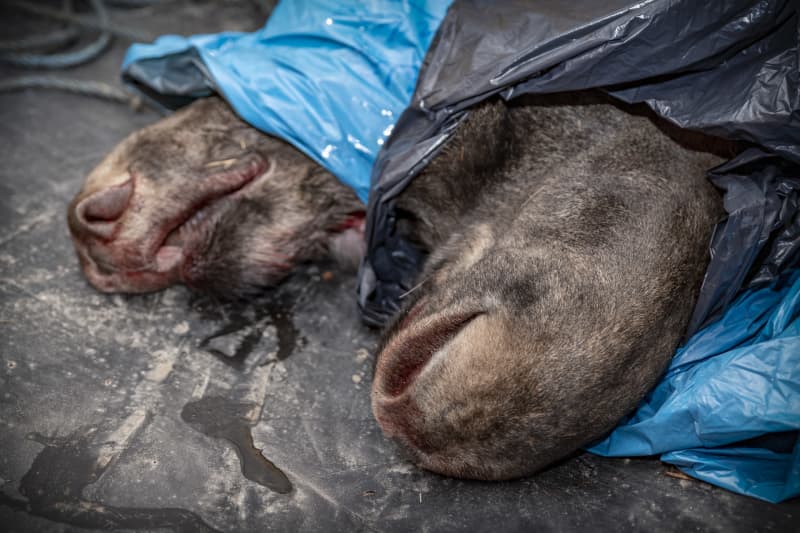
The Food Authority is investigating the heads of moose because a moose shot in Kyyjärvi in autumn was found to have TSE brain disease.
68 headers have already been sent to the Food Authority from Central Finland and 32 from Ostrobothnia.
In Central Finland, sample collection has affected at least the Karstula-Kyyjärvi, Kannonkoski-Kivijärvi, Pylkönmäki and Saarijärvi game management associations, and in Ostrobothnia the Alajärvi, Lehtimäen-Soin and Perho game management associations.
The Food Authority is investigating animal heads after a deer shot in Kyyjärvi in autumn was found to have the rare TSE brain disease.
The moose felled in Kyyjärvi had behaved unusually.
TSE is a brain degeneration and its best known form is mad cow disease. Deer TSEs are never known to have been transmitted to humans.
After the Kjærve incident, no new TSE cases have been found so far in the samples examined by the Food Agency, says Kursula.
– Based on the current investigations, the case of Kyjärve seems to be congenital, related to the aging of the animal, and not contagious from one animal to another, describes Kursula.
The Food Agency hoped to get at least a hundred moose heads for examination due to the Kyjärve case, and this goal has now been fulfilled.
However, the agency hopes that the heads of adult moose caught in moose hunting would be sent for examination from central Finland and Ostrobothnia, from the areas of designated game management associations, until the end of the hunting season, i.e. until January 15.
The agency examines the heads for TSE disease as samples arrive at the agency.
TSE disease has been found in two moose in Finland before the Kyjärve case. One of the cases was in Laukaa and the other in Kuhmo.
In Finland, the occurrence of TSE diseases in wild deer and reindeer has been investigated since 2003.
So far, a total of around 6,000 deer have been examined in Finland, and only three of them have had a positive result.
Similar individual cases of TSE in old moose have also been found in Sweden and Norway.
